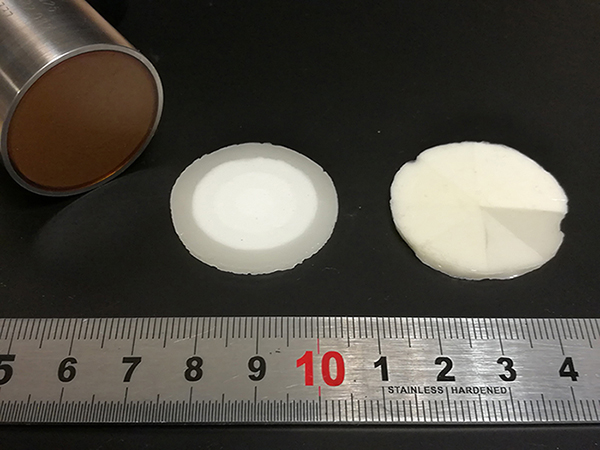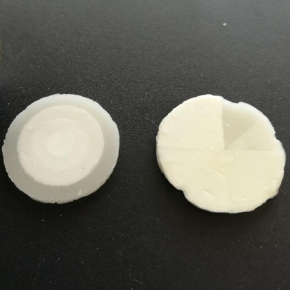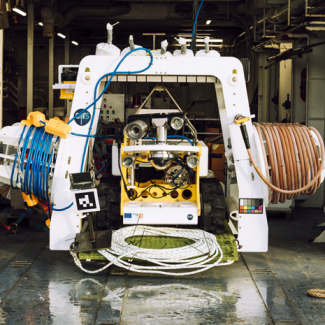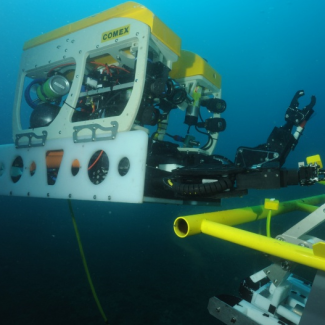Metasurfaces make ultrasounds do the twist
Acoustic metasurfaces are very thin materials capable of shaping sound wavefronts. A team of researchers from the CNRS, Bordeaux INP and the University of Bordeaux1 have developed a new generation of these surfaces which can deviate, focus and even ‘twist’ ultrasound waves, using a porous, silicone-based elastomer which is more flexible and easier to shape than existing metasurfaces. Because the speed of sound slows significantly in relation to the porosity of these materials, wave propagation speed gradients can be created by modifying porosity locally. These porous metasurfaces also function in water and across a wide bandwidth. Flat, simple to use and cost-effective, these acoustic lenses create new possibilities in medical imaging by focusing ultrasounds. They can also generate acoustic vortex beams which act like ‘tweezers’ and can be used to manipulate small objects such as biological cells remotely. These findings appear in the 11 January 2019 edition of Nature Communications.

© Thomas Brunet
- 1Institut de mécanique d’ingénierie de Bordeaux (CNRS/University of Bordeaux/Bordeaux INP/Arts and Métiers ParisTech) and the Centre de Recherche Paul Pascal (CNRS/University of Bordeaux)
Flat acoustics with soft gradient-index metasurfaces. Yabin Jin, Raj Kumar, Olivier Poncelet, Olivier Mondain-Monval & Thomas Brunet. Nature Communications, January 11, 2019. DOI : 10.1038/s41467-018-07990-5


